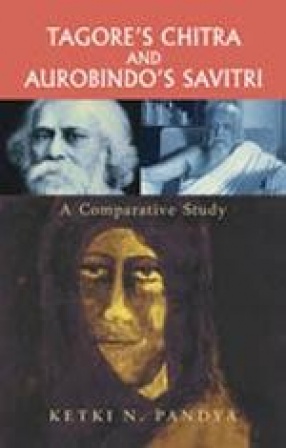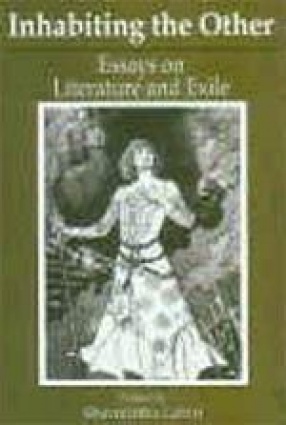Rabindranath Tagore’s drama Chitra is aimed at reminding man that the ultimate truth is to be found not at the physical level but in the steady evolution of the self. The illumination of a young princess’ mind lies in the recognition and realization that it is in truth alone that true happiness resides. Similarly Aurobindo’s epic Savitri seeks to narrate the story of a young princess who saves the life of her husband from death to suggest the ultimate liberation of man from universal death. Chitra and Savitri are Upanishadic works in the sense that their principal theme is the search for vidya (knowledge) that liberates man from avidya (ignorance), and that their main stylistic device is the conversation between the human and divine characters. Evolution thus becomes the watchword of both Aurobindo and Tagore. The awakening of the self or raising the life and existence to a higher level of consciousness is one the parallel themes observed in Chitra and Savitri. Further, the integral transformation Chitra and Savitri and their inner intuitive development has a much wider connotation to mankind at large. Chitra and Savitiri are thus established as works of self-discovery. Although there are fundamental differences in terms of the nature of Chitra and Savitri’s awareness, there is no denying the fact that these legends from the Mahabharata are exquisite examples of the female aspect of the Indian Women.
Tagore’s Chitra and Aurobindo’s Savitri
In stock
Free & Quick Delivery Worldwide
reviews
Bibliographic information
Title
Tagore’s Chitra and Aurobindo’s Savitri
Author
Edition
1st ed.
Publisher
ISBN
8126903538
Length
viii+168p.
Subjects





There are no reviews yet.